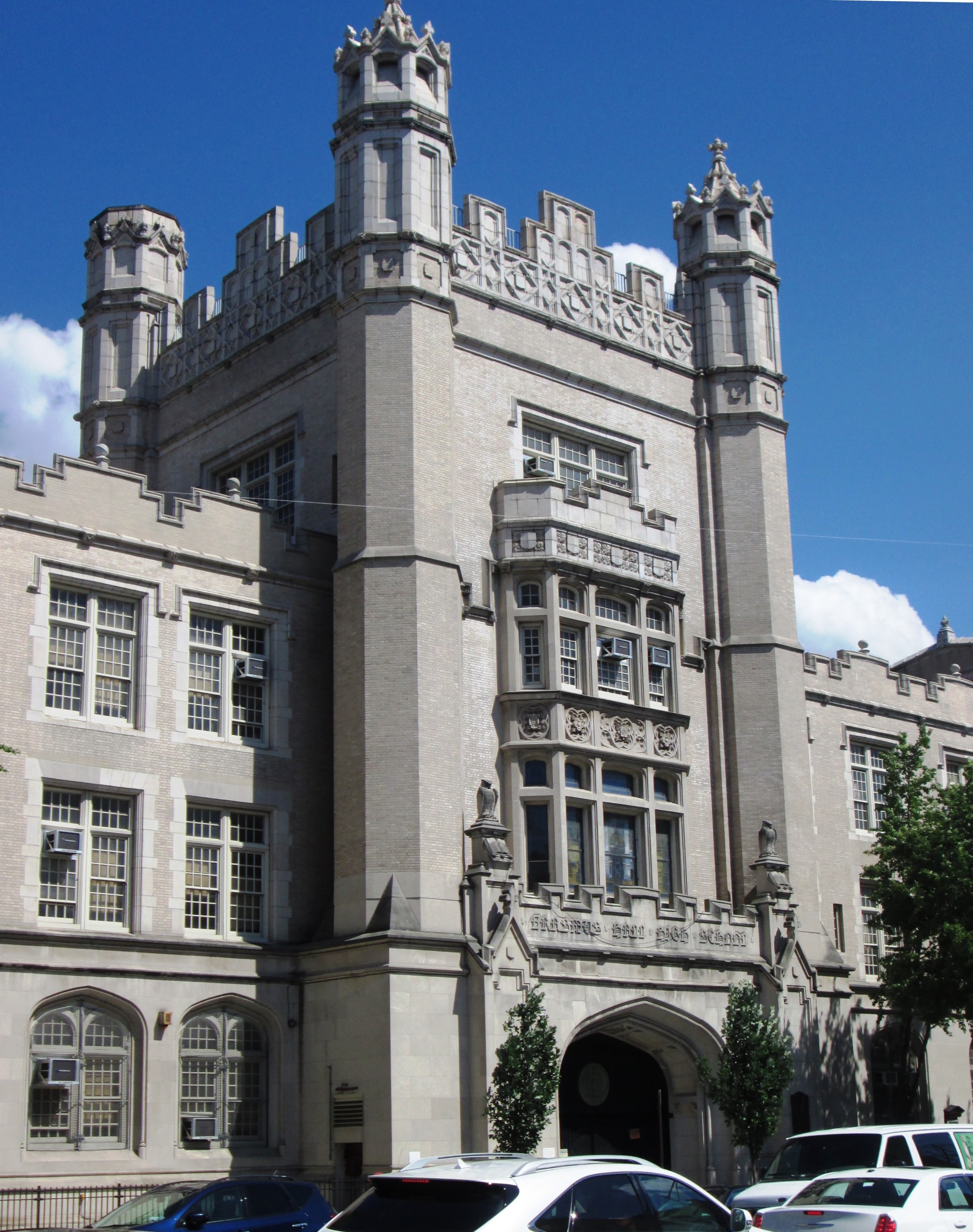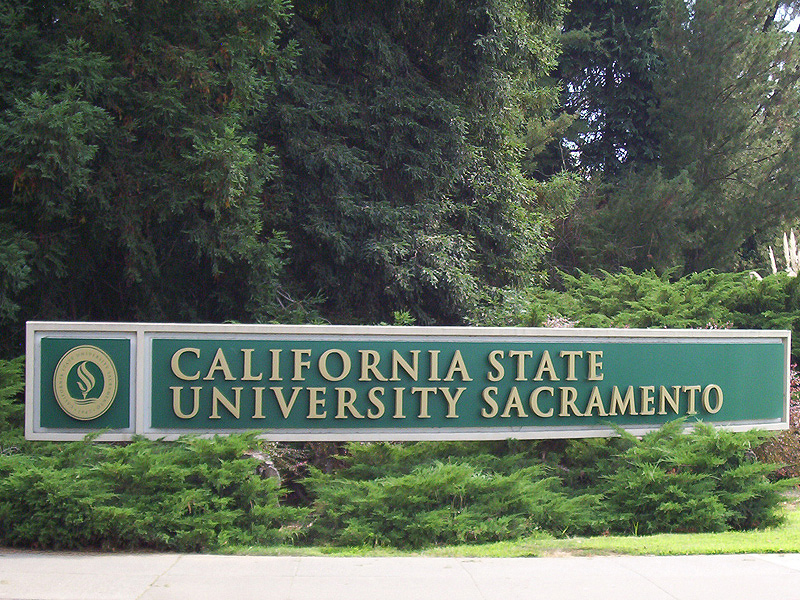|
Brenda M. Greene
Brenda M. Greene, is an American scholar, author, Literary activism, literary activist, and radio host at Medgar Evers College of the City University of New York. Greene is also the founder and executive director of the Center for Black Literature, the director of the National Black Writers Conference, and the former chair of the English department at Medgar Evers College. Prior to her work in the academy, Greene also worked as an educator in the New York City Public School system, and with civic and political organizations, to enrich and engage the community-at-large. Since 2004, she has served as a radio host on WNYE (FM), WNYE radio, connecting listeners to some of today's most accomplished writers. She is the former board chair of the Nkiru Center for Education and Culture, co-founded by hip hop icons Yasiin Bey and Talib Kweli. Early life and education Brenda M. Greene was born October 29, 1950, in Fort Monmouth, New Jersey. She attended public schools in Queens and Brookly ... [...More Info...] [...Related Items...] OR: [Wikipedia] [Google] [Baidu] |
Fort Monmouth, New Jersey
Fort Monmouth is a former installation of the Department of the Army in Monmouth County, New Jersey. The post is surrounded by the communities of Eatontown, New Jersey, Eatontown, Tinton Falls, New Jersey, Tinton Falls and Oceanport, New Jersey, Oceanport, New Jersey, and is located about from the Atlantic Ocean. The post covers nearly of land, from the Shrewsbury River on the east, to Route 35 (New Jersey), Route 35 on the west; this area is referred to as 'Main Post'. A separate area (Camp Charles Wood) to the west includes post housing, a golf course, and additional office and laboratory facilities. A rail line, owned by Conrail, runs through Camp Charles Wood and out to Naval Weapons Station Earle. The post is like a small town, including a Post Exchange (PX), health clinic, gas station and other amenities. Until the September 11, 2001 terrorist attacks the post was open to the public to drive through; after that time, the post was closed to all but authorized personnel. The ... [...More Info...] [...Related Items...] OR: [Wikipedia] [Google] [Baidu] |
Erasmus Hall High School
Erasmus Hall High School was a four-year public high school located at 899–925 Flatbush Avenue between Church and Snyder Avenues in the Flatbush neighborhood of the New York City borough of Brooklyn. It was founded in 1786 as Erasmus Hall Academy, a private institution of higher learning named for the scholar Desiderius Erasmus, known as Erasmus of Rotterdam, a Dutch Renaissance humanist and Catholic Christian theologian. The school was the first secondary school chartered by the New York State Regents. The clapboard-sided, Georgian-Federal-style building, constructed on land donated by the Flatbush Reformed Dutch Church, was turned over to the public school system in 1896. Around the start of the 20th century, Brooklyn experienced a rapidly growing population, and the original small school was enlarged with the addition of several wings and the purchase of several nearby buildings. In 1904, the Board of Education began a new building campaign to meet the needs of the burgeon ... [...More Info...] [...Related Items...] OR: [Wikipedia] [Google] [Baidu] |
Sacramento State
California State University, Sacramento (CSUS, Sacramento State, or informally Sac State) is a public university in Sacramento, California. Founded in 1947 as Sacramento State College, it is the eleventh oldest school in the 23-campus California State University system. The university enrolls approximately 31,500 students annually, 31,573 in Fall 2021. It also has an alumni base of more than 250,000 and awards 9,000 degrees annually. The university offers 151 different bachelor's degrees, 69 master's degrees, 28 types of teaching credentials, and 5 doctoral degrees. The campus sits on , covered with over 3,500 trees and over 1,200 resting in the University Arboretum. The university is home to one site of the National Register of Historic Places, the Julia Morgan House. The Arbor Day Foundation officially declared the university "Tree Campus USA" in 2012. Sacramento State is an Hispanic-serving institution (HSI) and is eligible to be designated as an Asian American Native Americ ... [...More Info...] [...Related Items...] OR: [Wikipedia] [Google] [Baidu] |
New-York Historical Society
The New-York Historical Society is an American history museum and library in New York City, along Central Park West between 76th and 77th Streets, on the Upper West Side of Manhattan. The society was founded in 1804 as New York's first museum. It presents exhibitions, public programs, and research that explore the history of New York and the nation. The New-York Historical Society Museum & Library has been at its present location since 1908. The granite building was designed by York & Sawyer in a classic Roman Eclectic style. The building is a designated New York City landmark. A renovation, completed in November 2011, made the building more accessible to the public, provided space for an interactive children's museum, and facilitated access to its collections. Louise Mirrer has been the president of the Historical Society since 2004. She was previously Executive Vice Chancellor for Academic Affairs of the City University of New York. Beginning in 2005, the museum presented a ... [...More Info...] [...Related Items...] OR: [Wikipedia] [Google] [Baidu] |
Bedford Stuyvesant Restoration Corporation
The Bedford Stuyvesant Restoration Corporation (or BSRC, referred to locally in short as Restoration) is a community development corporation based in Brooklyn, New York, and the first ever to be established in the United States. Background Decline of Bedford–Stuyvesant In the late 1800s and early 1900s, the neighborhood of Bedford–Stuyvesant in Brooklyn, New York, was home to middle class German, Dutch, Italian, Irish, and Jewish immigrants and their descendants. In the 1920s, African-Americans migrating from the South settled in the area. Starting in 1930, people from Harlem moved into the neighborhood, seeking better housing. As the impoverished black population increased, banks reduced lending to local residents and businesses. By 1950, the number of blacks had risen to 155,000, comprising about 55 percent of the population of Bedford–Stuyvesant. Over the next decade, real estate agents and speculators employed blockbusting to make quick profits. As a result, formerl ... [...More Info...] [...Related Items...] OR: [Wikipedia] [Google] [Baidu] |



.jpg)
